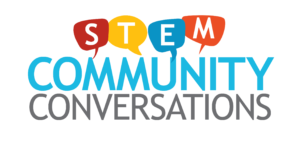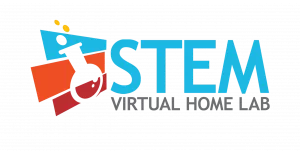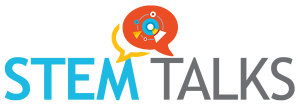

STEM COMMUNITY CONVERSATIONS – discussions for teachers, school officials, community leaders and the many others impacted by school closures and virtual learning.

STEM Virtual Home Lab – workshops with practical tips, virtual experiments and concrete tools that families and teachers – even those with little time, few resources and no STEM or teaching experience – can use to engage children’s learning.

STEM Talks – a podcast devoted to issues related to the ongoing COVID19 pandemic and its impact on learning.

“STEM Thoughts” – Blogs, letters, pictures and other messages focused on how communities and leaders are dealing with the global pandemic and planning for the future.

COVID – 19 Resource Library – Activities for children
The SLECoP is organizing a series of webinars for parents, educators, school administrators and anyone who have students in their care. These webinars are intended to help them with practical tips they can employ for how to keep their children engaged and learning with STEM at Home.
Do you have ideas for simple STEM at Home activities pitched for any age children that you’d like to share through a virtual webinar? We will organize the webinar and work with you on best practices for such delivery – submit ideas here.
Also, members of the Community of Practice have been sharing ideas for how to keep the learning going. We are curating those resources as they come in and will be updating them regularly.
Here is the current list.
Do you know of other resources that should be added? Please submit them.

ONLINE RESOURCES TO ENGAGE STUDENTS DURING THE PANDEMIC
To view the full version of this resource click here.
